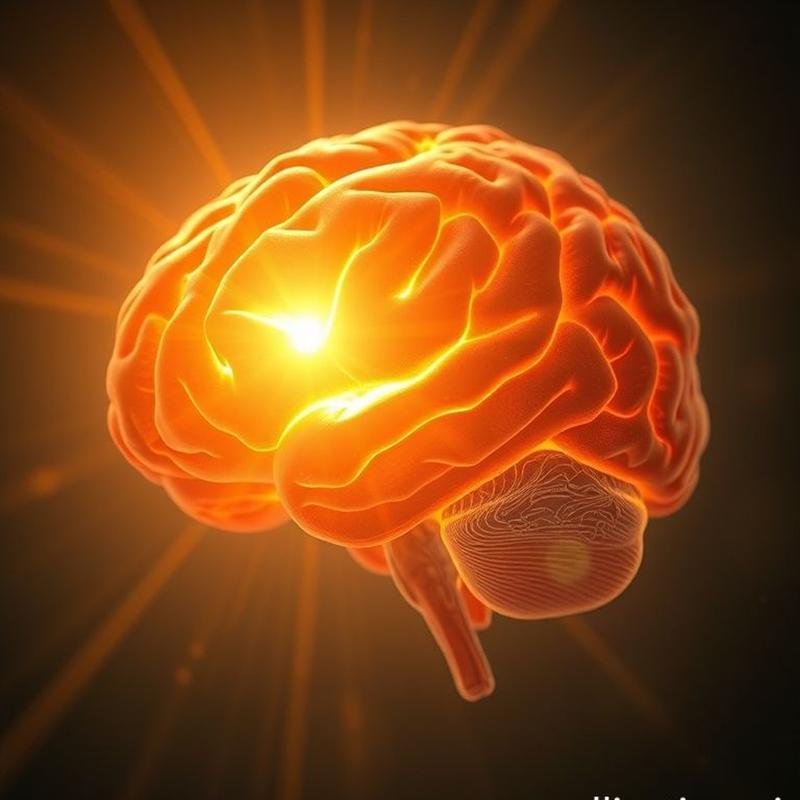Childhood Amnesia: Exploring the Reasons Behind Our Lost Early Years.

Childhood Amnesia: Investigating the Mechanisms Underlying the Loss of Early Autobiographical Memories.
Is forgetting simply a loss of information, or a complex process occurring deep within our neurons? Is it related to brain development, the evolution of language, or is there a deeper mystery awaiting resolution? Prepare to uncover the secrets of childhood amnesia, a phenomenon that has puzzled scientists for decades.
Before we delve into the evidence, share your earliest childhood memory in the comments. And to join us in unraveling this perplexing enigma, subscribe to our documentary channel.
Having reviewed the mechanisms of memory formation and decay, let’s embark on a deeper exploration into the brain, where the adventure of every memory begins. How are fleeting moments encoded and transformed into complex neural codes? The process begins with encoding. Imagine tasting a delicious piece of cake. Your senses receive a flood of information: the sweet taste, the pleasant aroma, the smooth texture. All these sensations are converted into precise electrical and chemical signals. Here, the hippocampus, that small but vital part of your brain, skillfully assembles these diverse signals and transforms them into a storable memory.
Next, we move to the storage phase, where neurons intertwine, forming complex neural pathways, much like the branches of a towering tree. As the scientist Donald Hebb discovered, cells that fire together, wire together. And the more frequently these pathways are activated, the stronger and more established they become, like a path that becomes clearer with repeated use. We must also consider the amygdala, the region responsible for processing emotional memories. Events that evoke strong emotions, whether overwhelming joy or intense fear, remain etched in memory with greater clarity, because the amygdala imprints them with an indelible emotional signature. Remember the first time you rode a bike? That fear mixed with excitement left an unforgettable mark.
Retrieval is akin to recalling a precious file from a vast archive. When you attempt to retrieve a memory, the brain activates the neural pathways associated with it, and precisely reassembles them into a complete picture. But what happens when this complex system breaks down? What if we lose the ability to form new memories, as happened to Henry Molaison, whose hippocampal damage erased his ability to recall any new memory?
Here, we turn to another focal point in the brain, the hippocampus, which plays a pivotal role in the memory formation process. This region, resembling a miniature seahorse, undertakes the task of forming long-term memories. However, in the early years of human life, the hippocampus is still under development. Imagine trying to build a house on incomplete foundations; this is precisely what is happening in a child’s brain. Furthermore, the hippocampus at this critical stage experiences a surge in the formation of new neurons at an astonishing rate, much faster than in an adult brain. A pioneering study published in the journal *Science* in 2014 revealed that this accelerated neurogenesis may actually lead to overwriting existing memories, a phenomenon known as childhood amnesia. In other words, the young brain is constantly seeking to update itself, causing early memories to fade quickly.
Moreover, the size of the hippocampus in young children is significantly smaller, which limits its ability to process and store large amounts of information. And the vital connections between the hippocampus and the cerebral cortex, the area responsible for long-term memory storage, are still developing. This means that memories formed during this period are not stored efficiently, making their later retrieval extremely challenging.
But what exactly is happening within this young brain? Let’s delve deeper into the process of neural pruning – the sculpting of memory. Imagine a towering tree, its branches densely intertwined. Neural pruning is like trimming these branches, where the brain abandons unnecessary connections to strengthen the most used pathways. This pivotal process begins in early childhood and continues until late adolescence, during which the brain may lose nearly half of its excess neural synapses. A study at the University of California revealed that this intensive pruning in the frontal lobe, for example, is closely linked to improving cognitive abilities and facilitating critical decision-making in adulthood. Microglial cells, which act as diligent cleaners in the brain, engulf unnecessary neural synapses in a fascinating process called synaptic phagocytosis.
Imagine early childhood, where memories are formed on fragile neural connections, quickly fading like a distant dream. But is that all there is to it? Could language, that powerful tool with which we construct our thoughts and narrate our experiences, be a key factor in this phenomenon? Between eighteen months and three years, children embark on a remarkable linguistic journey. Psychologist Patricia Bauer suggests that this period holds a crucial insight. Memory, she explains, grows and flourishes alongside our ability to construct coherent narratives about ourselves. Language provides the framework within which we place our experiences, and without it, memories become mere faint flashes in the dark. A study from Emory University sheds light on this close relationship. Children who engage in detailed and structured conversations with their parents about the past retain those moments in their memory with greater clarity. And Caroline Rovee-Collier adds a deeper dimension, explaining that children who begin to use possessive pronouns such as “I” and “me” early on, exhibit stronger autobiographical memory. It’s a matter of core identity. Language helps us define who we are, and therefore, remember our experiences as an integral part of our personal narrative.
But what is the underlying cause? The etiology of childhood amnesia remains an elusive enigma, despite decades of dedicated research. Competing theories attempt to explain this phenomenon, with one suggesting that the incomplete development of the hippocampus, that vital memory center in the brain, may play a pivotal role. Other studies explore the impact of language, positing that memories encoded before we master speech fade and dissipate more readily. Still others link the phenomenon to the development of a sense of self, suggesting that our autobiographical memory does not crystallize and form until we are aware and realize that we are independent and distinct individuals. Research extends beyond these aspects to explore the impact of diverse cultural factors, where childhood memory patterns vary significantly across different societies.
Ultimately, childhood amnesia remains a multifaceted enigma, in which biological, linguistic, and cultural factors intertwine to shape this unique phenomenon. Understanding its mechanisms may offer insights into the nature of human memory in general, and reveal secrets about how we form our identity and personal narratives.
Now that we’ve explored the science behind childhood amnesia, contrasting it with how memories are formed and lost throughout life, focusing on neurological and developmental factors, what are some of your earliest memories, and how do you think they have shaped who you are today? Share your thoughts and experiences in the comments.








